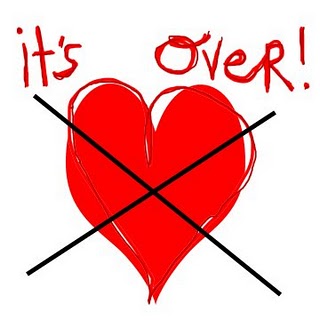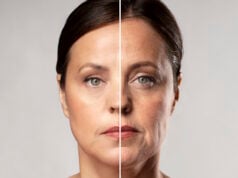
By Heather Dugan, Connection Coach, for the SouthFloridaReporter, June 11, 2015 – Bad habits are a familiar misery and easy default. However ugly the terrain, we all like a good shortcut. But sometimes our instinctual responses gridlock progress towards a much better place, making it difficult to fully disengage from damaging and draining relationships.
Note: Even good love relationships are hard work! Discomfort and adjustments are an essential part of sharing life and can ultimately grow an intimate connection. A “damaging and draining” relationship, however, is a chronic stress that negatively impacts health and happiness. If this stress cannot be resolved within the relationship, it might be best to live without the relationship.
Those first teetering steps past a silent cell phone or quiet weekend are awkward, often spotlighting how far we need to go and grow, but they’re an unavoidable part of the journey. Sara, Diana and Adam found it difficult to extricate themselves from harmful relationships and needed a plan to help them rev over the emotional bumps. 1) Establishing Reality, 2) Identifying Impact, 3) Visualizing Better and 4) Eliminating Excuses (Part One) were the first four steps toward transition.
What comes next?
5) FILL IN THE RUT. We’ve a natural tendency to settle into familiar places—hence those nasty popcorn kernels under the sofa cushions—and bad relationships can grow into deep ruts that are hard to exit. Adam still had his beautiful drama queen’s phone number on direct dial—making her an easy default on quiet weekends. Filling in that rut meant deleting all her contact information and cutting their social media ties! After Sara and Diana each identified key reasons their relationships were harmful, I asked them to write them down specific examples as “evidence” into an easily accessible “Dear Self” email message—not to be petty, but as fuel to rev past the inevitable emotional pangs that are part of transition.
- What are some of the specific moments that have created stress, anger, sadness or feelings of worthlessness? Write them down in an email to yourself—no one will see this but you. Forward it with new reasons and details as you remember them—and read this message every time you are tempted to switch your prescriptive lens for a rose-colored one.
6) PAVE IN SOME PLANS. Sara and I brainstormed healthy diversions—positive space-fillers such as helping a cousin, visiting nursing home residents, grabbing lunch with friends and taking on a part time job. Additionally, we came up with some quick redirects—such as trail walking and closet purging—for her “woe is me” moments. Having a plan for emotional pain is akin to stocking the fridge with healthy snacks and will help Sara diminish isolation—rather than wallow in it. We also composed the following short statement for trigger moments: “That relationship was a misery-maker that kept me from enjoying life. Talking to him will only keep me in that rut. He only looks good because he’s wearing my hope.”
- Are there people or favorite activities you’ve neglected as you’ve focused on “fixing” the relationship? Create a list of alternatives—activities and people that fit your goals for the next stage of your journey—and type a few into your calendar. Compose a simple statement of your choice and add this to your “Dear Self” email.
7) GET IN MOTION. This is the hardest part: Add a motor and build some momentum. Your best defense against teetering back into that rut is to lift a foot and lean forward. If you’ve been looking for someone to share your life with, it’s time to develop your own navigational skills. Life must be bigger than a single relationship. Create space for some heart-healing and healthy habit-building: Pick an evaluation date three months in the future, type “Is it better yet?” and set up a calendar alert—I well remember my “Yes!” after finding that question on my phone following a Colorado mountain hike several years ago. By focusing their energy forward, Sara, Diana and Adam are now positioned to pick up yardage, gain objective perspective—and be ready for “better.”
- How badly do you want to feel better? Dead-ends are part of the journey, but they should never be the end of it. “Better” begins with you and your resolve to act on the information you have today.












